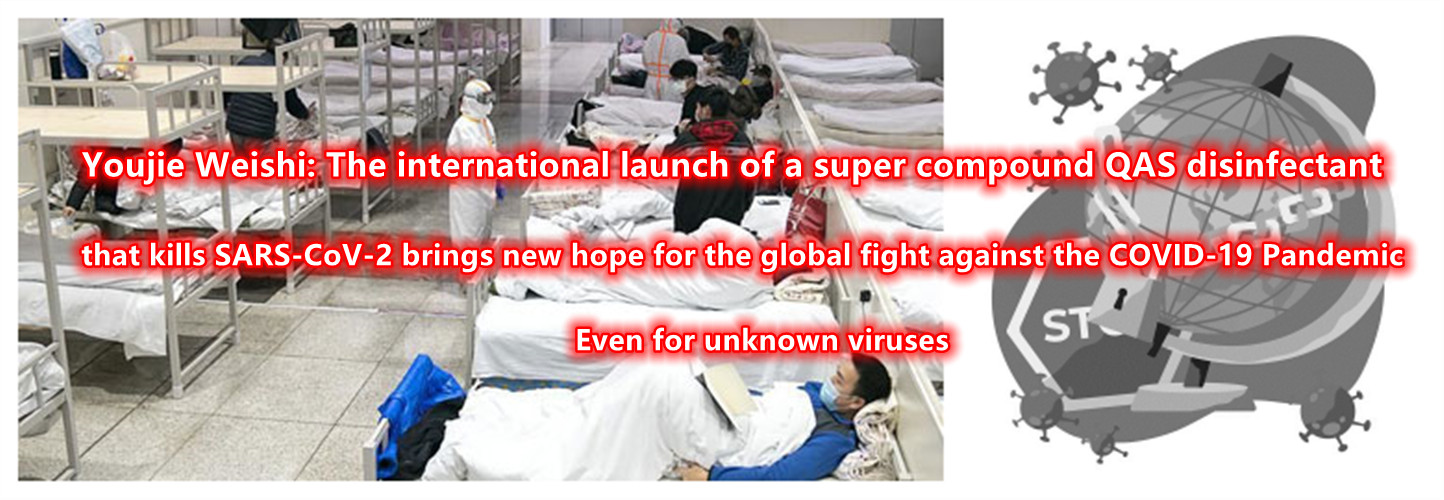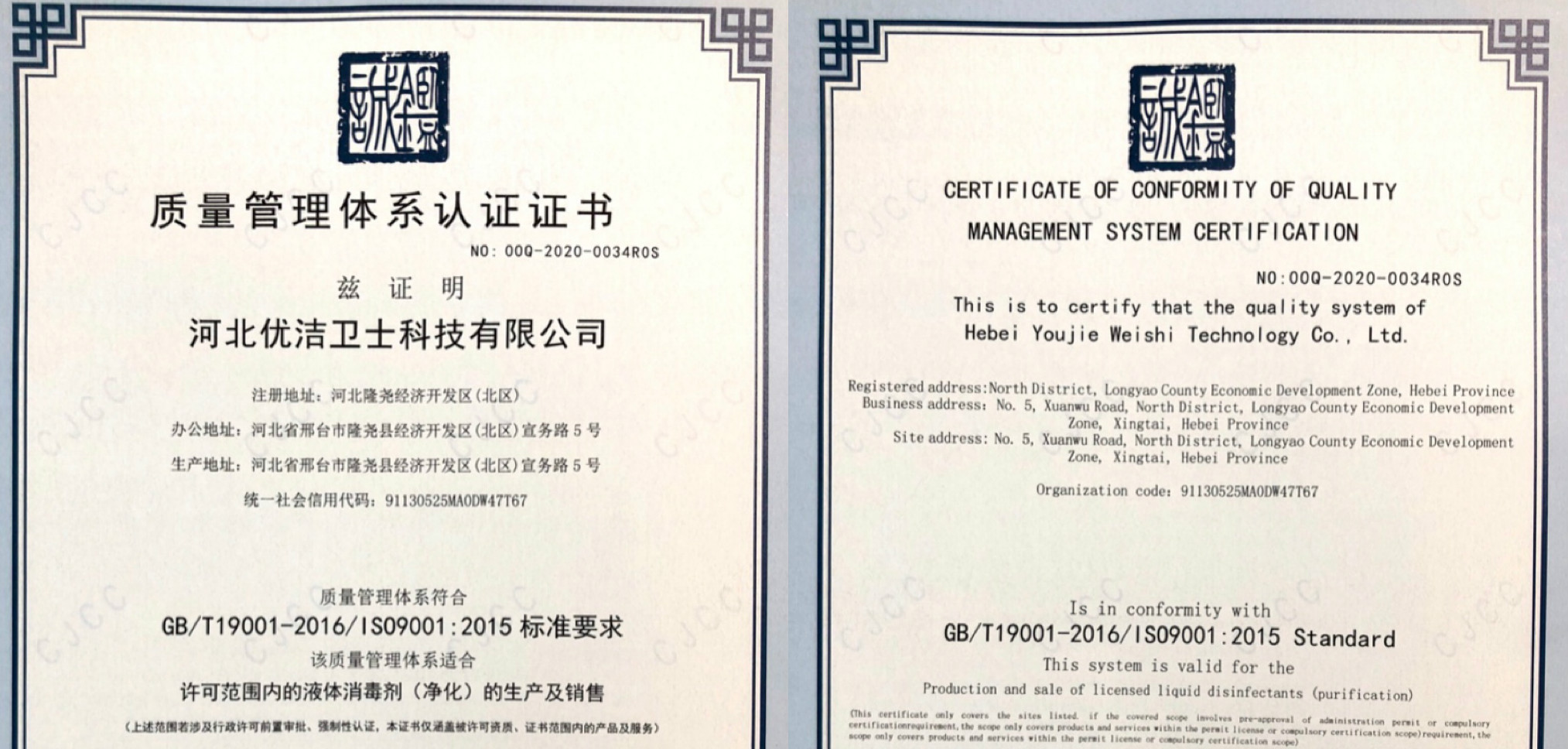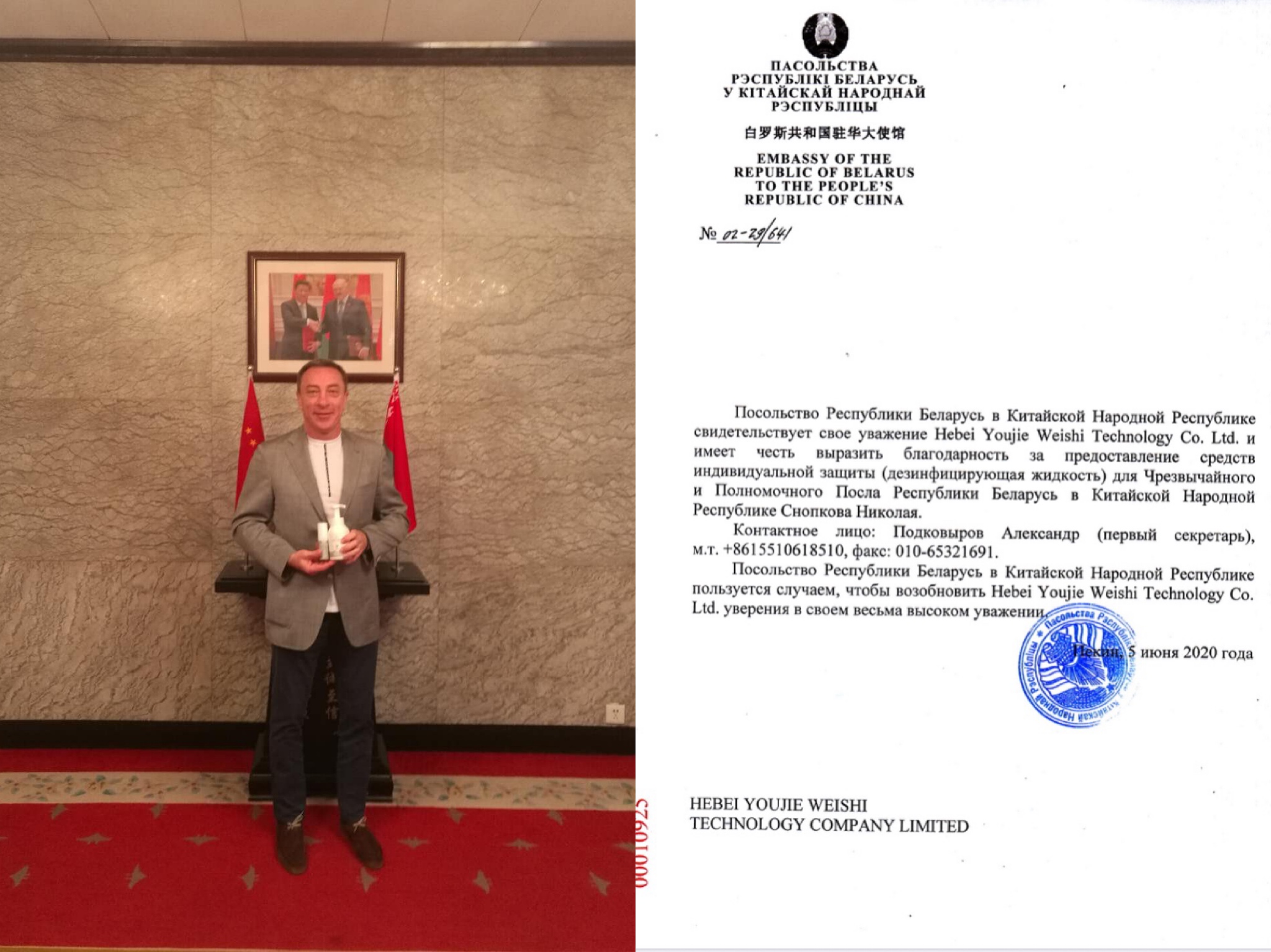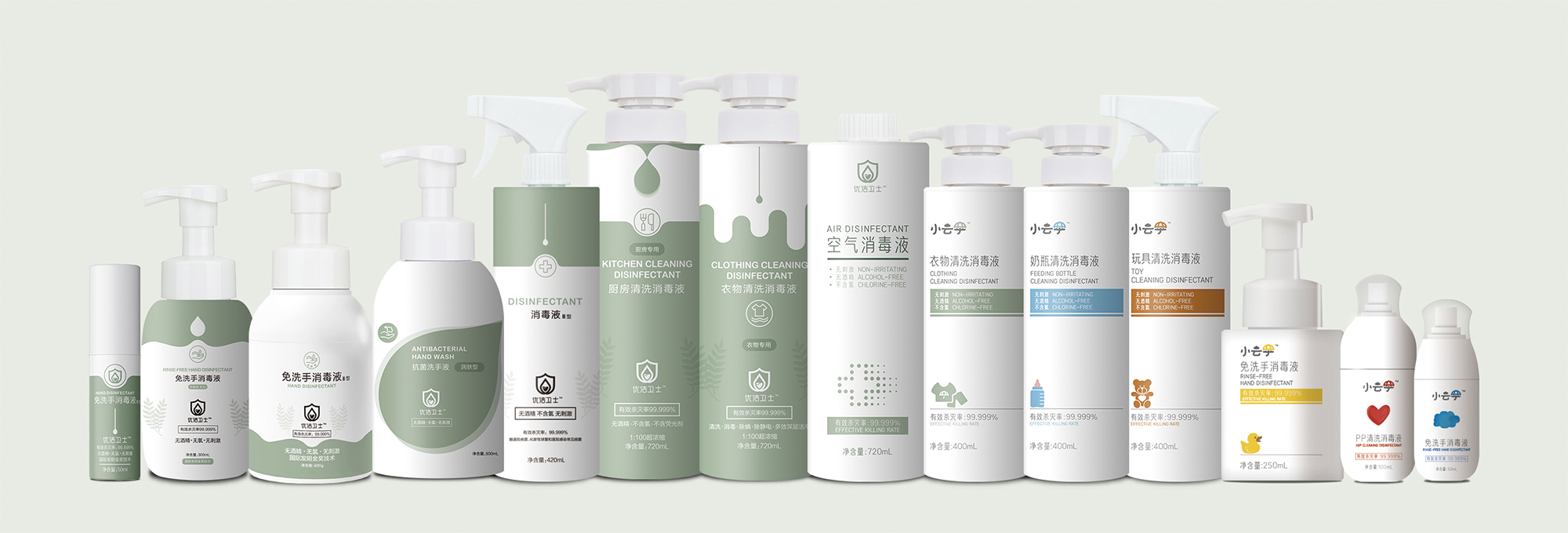

Crude oil is a complex mixture that is dark brown and contains various types of hydrocarbons. Alkanes are the main components of crude oil, and sulfur, phosphorus, nitrogen and other elements also participate in the composition of crude oil.
Crude oil is generally stored in the tank for a long time, and various factors such as gravity, pressure and temperature will lead to impurities in crude oil and the deposition of heavy oil components. Over time, black, sticky deposits form on the bottom and surrounding walls of the tank. When the bottom mud of oil tank is increasing, the effective volume of oil tank will be greatly reduced, thus reducing the efficiency of oil tank. The accumulation of sediments over time can lead to erosion of the bottom. Therefore, in order to ensure the storage quality of crude oil, it is necessary to clean the tank regularly.
A. Scope of application:
Cleaning of storage tanks, oil tankers and oil pipelines
B. Cleaning method:
1. Manual cleaning method
Manual cleaning usually involves personnel entering the tank to clean the sludge and other sediments at the bottom and side walls of the equipment. Steam tank method is a common method for tank cleaning. This method is relatively clean, but it consumes a lot of energy and manpower. And the personal safety of the staff has a certain threat.
2. Chemical cleaning method
Chemical cleaning is the use of chemical agents to remove oil from the tank. The chemical reagents react with the sludge inside the tank (car) to produce a soluble liquid that is discharged outside the tank (car). Compared with traditional manual cleaning, this method can save a lot of manpower and also produce less residue. But the chemical cleaning method currently used (solvent oil) is flammable and explosive, and is not safe.
3. Mechanical cleaning mode
Mechanical cleaning is mainly accomplished by means of a Crude Oil Washing System (COWS). To spray cleaning medium into the tank and wash away the dirt inside the tank. Finally, workers go into the tank to clean and dry. This approach allows for a high recovery rate of crude oil. However, the cleaning medium of this technology is crude oil, resulting in waste of crude oil, and the final discharge will also cause environmental pollution. Moreover, the one-time equipment investment is large, so this technology is more suitable for cleaning oil storage tanks, but less suitable for cleaning oil tankers and pipelines.






